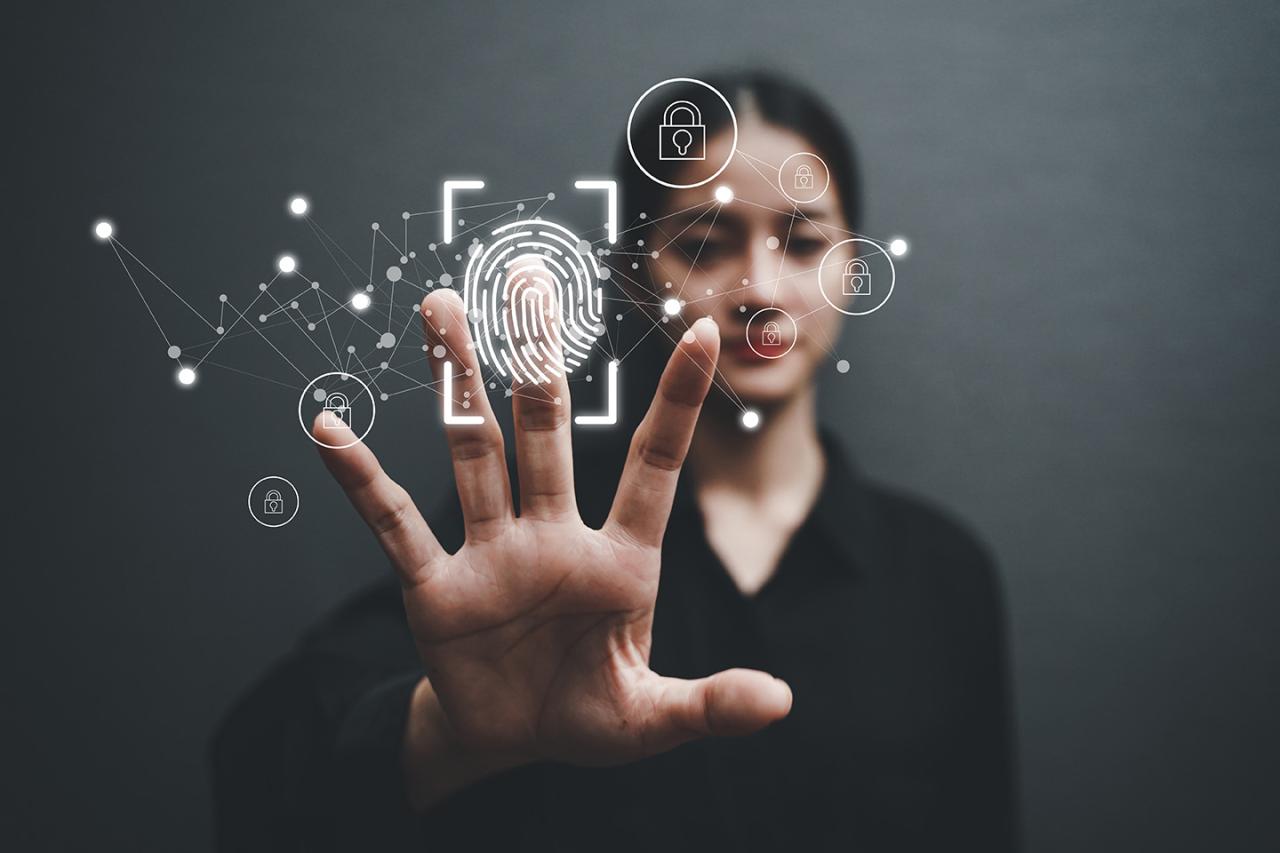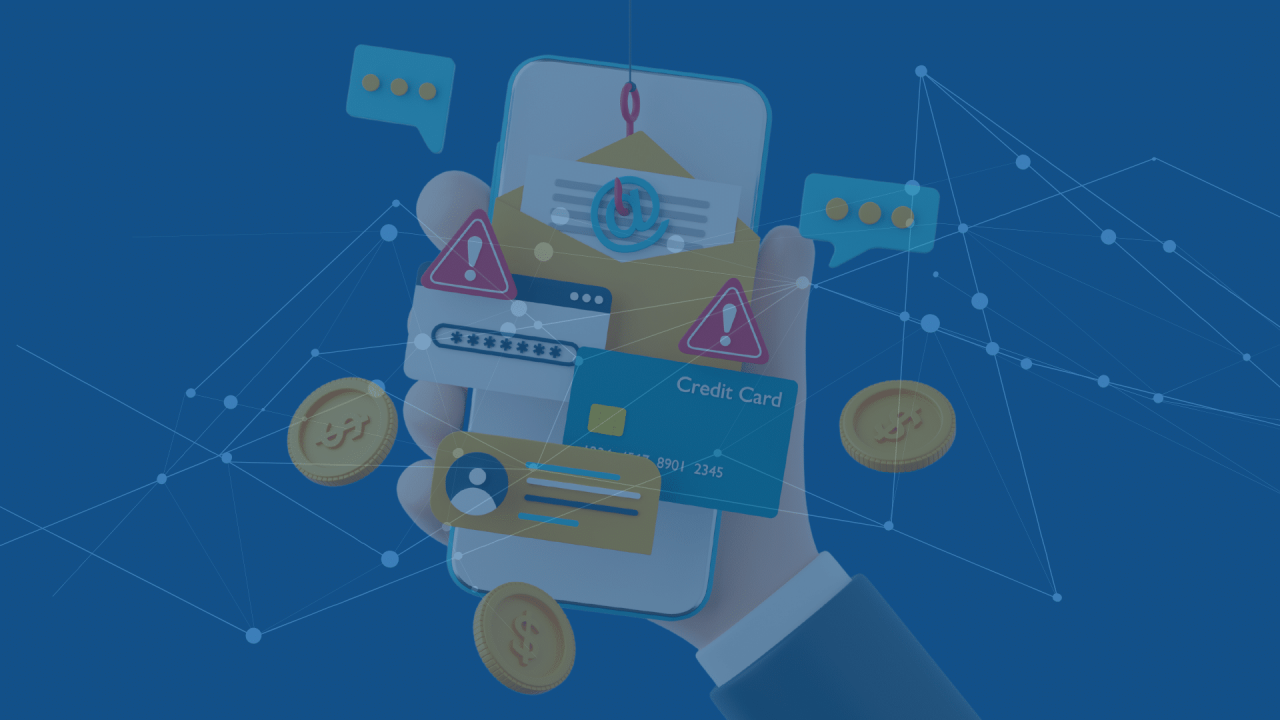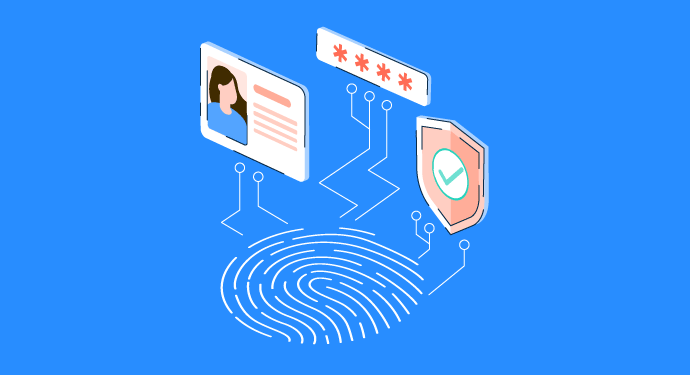In the 21st century, our identity is no longer a singular, physical entity. It is a dual existence, a blend of our offline self and a complex, multifaceted digital self that lives across a myriad of platforms, from social media profiles and online banking accounts to health records and smart home devices. This digital identity is as real and as valuable as our physical one, and yet, it is often far more vulnerable. The constant threat of data breaches, identity theft, and malicious attacks has made protecting your digital identity a modern-day necessity, a crucial skill for navigating the interconnected world.
This isn’t just about a strong password; it’s a holistic approach to cybersecurity that encompasses every aspect of our online lives. It is a mindset that sees every click, every download, and every piece of shared information as a potential vulnerability. This comprehensive guide is a deep dive into the world of digital self-defense. We will explore the most common threats to our online existence, provide the ultimate toolkit for protecting your data and your privacy, and look ahead to a future where our digital identity is more secure, more private, and more a reflection of our true selves.
What is Your Digital Identity?

Before we can protect our digital identity, we must first understand what it is and why it is so valuable to a potential attacker.
- Defining Your Digital Self: Your digital identity is a collection of data that exists about you in the digital world. This includes not only your name, address, and credit card number, but also your online behavior, your social media connections, your shopping habits, and your location history. It is a comprehensive and often deeply personal portrait of who you are, what you do, and what you believe in.
- The Value of Your Data: For cybercriminals, your data is a goldmine. It can be used to steal your money, to impersonate you to your friends and family, to gain access to your confidential information, or to sell your identity to other criminals. Your data is your currency in the digital world, and for a hacker, it is a currency that is priceless.
- The Dark Side of the Digital World: The digital world is a place of infinite possibility and connection, but it is also a place of immense threat. It is a world of hackers, cybercriminals, and malicious actors who are constantly looking for a way to exploit our trust and our vulnerabilities. The challenge is to be able to navigate this world with a clear sense of purpose and a deep understanding of the risks.
The Most Common Threats to Your Digital Identity
To protect ourselves, we must first understand our enemy. The threats to our digital identity are constantly evolving, but they all fall into a few key categories.
A. Social Engineering and Phishing
This is perhaps the most common and most effective form of cybercrime. Social engineering is the art of manipulating people into giving up their confidential information.
- Phishing attacks are a classic example, where a hacker sends a fraudulent email that looks like it’s from a legitimate source, such as a bank or a government agency. The email, which often contains a sense of urgency or a threat, asks the user to click on a link and enter their password or other personal information.
- Vishing (voice phishing) and Smishing (SMS phishing) are a new evolution, where a hacker uses a phone call or a text message to trick a user into giving up their information.The key to protecting yourself from these attacks is to be vigilant, to never click on a link in an email you don’t trust, and to never give out your personal information over the phone.
B. Weak Passwords and Account Takeovers
The weakest link in our cybersecurity is often our password. A weak password, such as “123456” or “password,” is a gift to a hacker.
- Account takeovers occur when a hacker gains access to a user’s account through a weak password or a data breach. Once inside, they can use the account to steal a user’s information, to impersonate them to their friends and family, or to launch further attacks.
- Credential stuffing is a modern-day threat, where a hacker uses a list of stolen usernames and passwords from a data breach and tries to use them on other websites. Since many people use the same password for multiple accounts, this is a highly effective attack.
C. Public Wi-Fi and Unsecured Networks
Public Wi-Fi networks, such as those in a coffee shop or an airport, are often unsecured and unencrypted. This makes them a prime target for a hacker who is looking to intercept your data.
- A hacker can create a fake Wi-Fi network that looks like a legitimate one, a technique known as a “man-in-the-middle” attack. When a user connects to the fake network, the hacker can intercept all of their data, from their emails to their banking information.
- The solution is to never connect to a public Wi-Fi network without a VPN (Virtual Private Network), a technology that encrypts all of your data and protects you from a wide range of threats.
D. Data Breaches and Identity Theft
A data breach occurs when a company’s database is hacked and a user’s personal information is stolen. These breaches are a constant threat and a major cause of identity theft.
- When a data breach occurs, a user’s personal information, such as their name, address, and credit card number, is often sold on the dark web. A hacker can then use this information to open new credit cards in a user’s name, to take out loans, or to commit other forms of fraud.
- The key to protecting yourself is to be aware of a data breach, to use a credit monitoring service, and to freeze your credit to prevent a hacker from opening new accounts in your name.
E. Malicious Software and Spyware
A virus, a piece of malware, a piece of spyware—these are all forms of malicious software that can be used to gain access to your computer and your personal information.
- A hacker can send a malicious email that, when opened, downloads a piece of malware onto your computer. This malware can then be used to steal your personal information, to launch a phishing attack, or to encrypt all of your files and hold them for ransom, a type of attack known as ransomware.
- The solution is to have a robust antivirus and anti-malware software installed on your computer, to keep your software up to date, and to never open a suspicious attachment.
F. Your Digital Footprint
Your digital footprint is a trail of data that you leave behind every time you use the internet. It is a collection of all the data that exists about you in the digital world, from your social media posts to your online purchases.
- A hacker can use this data to gain a better understanding of who you are, what you do, and what you believe in. They can then use this information to launch a more personalized and more effective phishing attack.
- The solution is to be intentional about the data you share, to be aware of the data that is being collected about you, and to take steps to minimize your digital footprint.
The Ultimate Toolkit for Digital Self-Defense

Protecting your digital identity is not a single act; it is a continuous practice that requires a new set of skills and a new way of thinking about the world.
A. Mastering Password and Authentication Security
Your password is your first line of defense.
- Use strong, unique passwords for every account. A good password should be at least 12 characters long and should include a mix of letters, numbers, and special characters.
- Use a password manager, a tool that can store all of your passwords in a single, secure location.
- Enable multi-factor authentication (MFA) for every account. MFA is a security system that requires two or more forms of verification to gain access to an account. This could be a password and a code from an app on your phone, a password and a fingerprint, or a password and a security key. It is the single most effective way to protect your account from an account takeover.
B. Securing Your Digital Ecosystem
Your digital ecosystem is a network of devices and services that you use every day.
- Secure your home network with a strong, unique password and a strong router.
- Keep your devices, from your phone to your computer, up to date with the latest software and security patches.
- Use a VPN on a public Wi-Fi network to encrypt all of your data.
- Be intentional about the apps you download and the permissions you give them.
C. Navigating the Web Safely
The web is a place of both wonder and immense threat.
- Be a critical thinker. Be wary of any offer that seems too good to be true.
- Use a secure, encrypted browser, such as Chrome, Firefox, or Safari, and keep it up to date.
- Be aware of the risks of social media. Be intentional about the data you share, and be aware of your friends and family who may be a target for a phishing attack.
- Be aware of the risks of online banking. Only access your online banking account from a secure, private network, and never click on a link in an email that looks like it’s from your bank.
D. Managing Your Social Media and Online Presence
Your social media profile is a public-facing version of your digital self.
- Take control of your narrative. Be intentional about the data you share, and be aware of the privacy settings on every platform you use.
- Be aware of the risks of oversharing. Never post a photo of your boarding pass or your credit card, and never share a password or any other personal information in a public forum.
- Be aware of your online reputation. What you post online can have real-world consequences for your career, your personal life, and your sense of self.
E. The Importance of Data Privacy
The protection of our digital identity is not just a technical issue; it is a philosophical one.
- Be aware of the data that is being collected about you, and be aware of how that data is being used.
- Use a browser that has a built-in ad blocker and a built-in tracker blocker.
- Use a secure email service that has a focus on privacy.
- Be intentional about the data you give to a company, and be aware of the company’s privacy policy.
The Future of Digital Identity
The future of digital identity is a dynamic and rapidly evolving frontier. As technology advances, so too will our ability to protect our digital selves.
- The Rise of Biometric Authentication: In the future, our passwords will be replaced by our biometric data, such as a fingerprint, a face scan, or a voice print. This will provide a new level of security and convenience.
- Decentralized Identity and Blockchain: The future of digital identity is a decentralized one. The blockchain will be used to create a digital identity that is not controlled by a single company or a single government but is instead controlled by the individual. This will provide a new level of privacy and security.
- AI as a Defender and a Threat: AI will be used to protect our digital identity from a wide range of threats, from a phishing attack to a data breach. But AI will also be used by hackers to launch new and more sophisticated attacks. The future of cybersecurity will be a war between two opposing AI forces.
Building a Culture of Digital Safety
The protection of our digital identity is not just a personal responsibility; it is a collective one. We are all a part of a larger digital ecosystem, and the security of one person is a reflection of the security of all.
- Educating Yourself and Your Family: The key to a more secure future is education. We must all take the time to learn about the risks of the digital world and the tools that we can use to protect ourselves.
- The Role of Companies and Governments: Companies have a responsibility to protect our data from a wide range of threats. They must invest in robust cybersecurity and be transparent about their privacy policy. Governments have a responsibility to create a regulatory framework that can protect us from a wide range of threats, from online harassment to financial fraud.
Conclusion
The discipline of digital identity protection is at a pivotal moment. The old models of living, based on a separation between our physical and digital selves, are no longer viable. The future of our built environment and our society depends on a new kind of creative thinking—one that is restorative, responsible, and regenerative. The protection of your digital identity is the blueprint for this new era. It is a powerful fusion of technology and humanity, a commitment to a new way of living that is both more efficient and more meaningful.
This guide has only begun to explore the vast and exciting possibilities. We have seen how a blend of multi-factor authentication, a new focus on data privacy, and advanced technologies is creating a new language of living. This transformation is not without its challenges; it requires a new skill set and a new way of thinking. But the opportunity is even greater. The ultimate reward for this shift in our digital philosophy is not just a reduction in our carbon footprint. It is the creation of a world that is more connected, more equitable, and more in tune with the rhythms of our daily lives. It is the creation of spaces that improve our health, enrich our lives, and foster a deeper connection to our communities and our planet. The future of digital identity is a future that is defined by a new kind of humanity, a humanity that is both technological and profoundly human.









